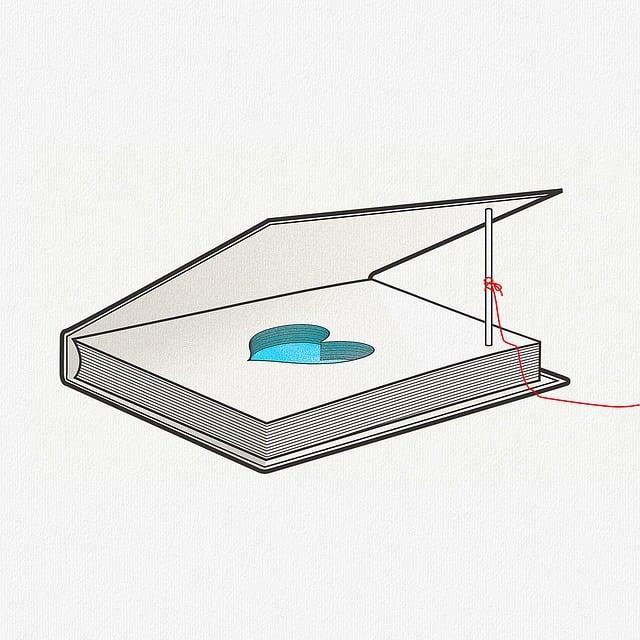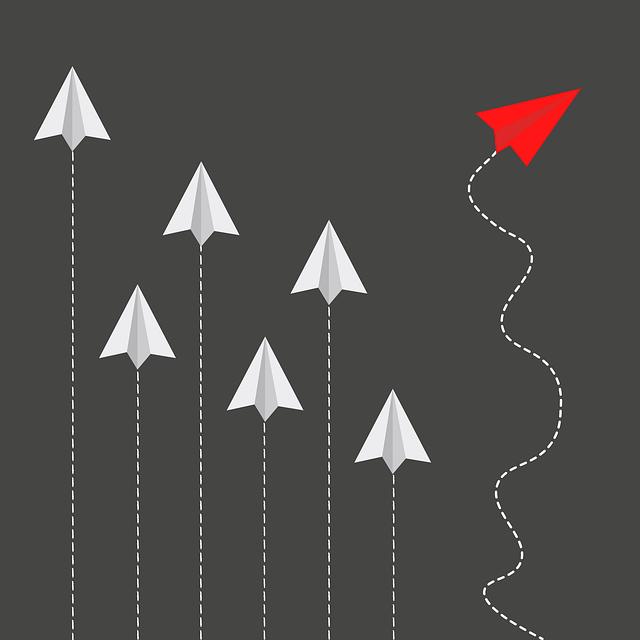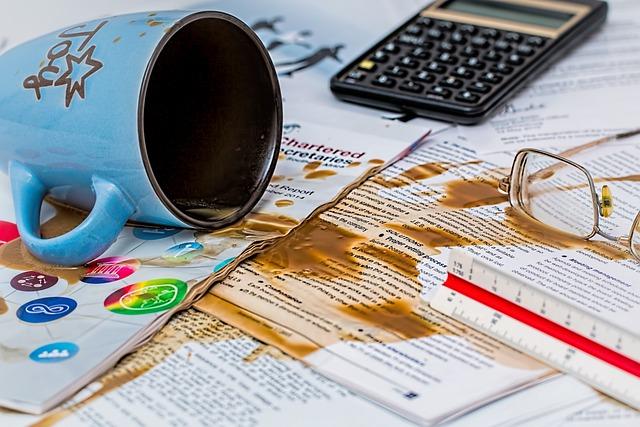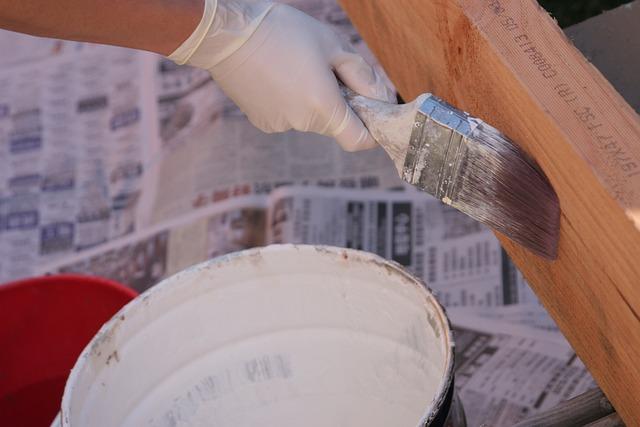Discover the intricacies of clearance in soccer! From tactical defensive moves to strategic nuances, this article unveils it all.
Contents
- 1. Understanding the Importance of Clearances in Soccer Defense
- 2. Different Types of Clearances: Exploring Defensive Moves in Soccer
- 3. Technique Matters: Mastering the Art of Clearing the Ball in Soccer
- 4. Reading the Game: Decision-Making Skills for Effective Clearances
- 5. Key Defensive Positions and their Role in Clearing the Ball
- 6. Anticipating Attacks: Tactical Approaches to Successful Clearances
- 7. Defensive Coordination: Communication and Teamwork in Clearances
- 8. Developing Clearing Skills: Tips and Exercises for Soccer Defenders
- 9. Mistakes to Avoid: Common Pitfalls in Clearances and How to Overcome Them
- 10. Improving Mental Strength: Psychological Factors in Successful Clearances
- In Conclusion
1. Understanding the Importance of Clearances in Soccer Defense
In soccer, defensive moves play a critical role in preventing the opposing team from scoring goals. One key aspect of defense is the ability to make clearances, which refers to the act of moving the ball away from the defending player’s own goal. Clearances are crucial for a strong defensive strategy as they help alleviate immediate threats and reset the team’s positioning on the field.
Clearances can take various forms, depending on the situation and positioning of the defending player. Some common defensive moves include:
- Heading the ball: A player can use their forehead to redirect the ball away from danger. This move requires good timing, technique, and aerial ability.
- Kicking the ball: A powerful kick can quickly send the ball out of danger, especially when executed with accuracy and precision.
- Chesting the ball: In certain situations, a player can use their chest to control and redirect the ball away from the opposing team’s attackers.
- Volleying the ball: A more advanced move, volleying involves striking the ball in mid-air to quickly clear it away, providing an immediate response to an attacking threat.
Having a strong understanding of the importance of clearances in soccer defense is crucial for any player looking to excel in this position. By implementing proper techniques and decision-making skills, defenders can effectively protect their team’s goal and contribute to a solid defensive strategy.

2. Different Types of Clearances: Exploring Defensive Moves in Soccer
Clearance, a crucial defensive move in soccer, refers to successfully removing the ball from dangerous positions on the field. There are several variations of clearances that players employ to regain control and prevent the opposing team from scoring. Understanding the different types of clearances can greatly enhance a player’s defensive capabilities and contribute to their team’s success.
1. Head Clearances: One of the most common types of clearances, players use their heads to redirect the ball away from their own goal. It requires excellent timing, judgment, and aerial ability to effectively head the ball to safety. Mastering this technique allows defenders to quickly neutralize dangerous situations in the air.
2. Foot Clearances: In situations where using the head is not feasible, players resort to foot clearances. This involves kicking the ball with force and accuracy to propel it out of danger. Foot clearances can be executed with various techniques such as side volleys or half-volleys, allowing defenders to clear the ball swiftly while maintaining control.

3. Technique Matters: Mastering the Art of Clearing the Ball in Soccer
In the game of soccer, clearing the ball is a crucial defensive move that can make all the difference in preventing the opposing team from scoring. Understanding the technique behind clearing the ball is essential for every soccer player, whether they are a defender or a midfielder.
One important aspect of clearing the ball is the positioning of the body. When attempting to clear the ball, it is important to have a solid stance with a wide base. This provides stability and allows for more power in the clearance. Another key technique is using the correct part of the foot to make contact with the ball. The inside of the foot is commonly used for accurate and controlled clears, while the laces can be used for powerful and long-range clearances.
- Position your body with a wide base for stability and power
- Use the inside of the foot for accuracy and control
- Utilize the laces for powerful and long-range clearances
Furthermore, timing is crucial when it comes to clearing the ball. It is important to assess the situation and choose the right moment to execute the clearance. This might involve anticipating the movement of the opponent, reading their body language, and reacting quickly to gain possession or create a safe distance between the opposition and your own team. Having strong communication with your teammates is also vital, as it allows for coordinated clearances and reduces the risk of confusion or mistakes.
- Assess the situation and time your clearance appropriately
- Anticipate opponent’s movement and react quickly
- Communicate effectively with teammates to coordinate clearances

4. Reading the Game: Decision-Making Skills for Effective Clearances
Clearances are a fundamental defensive move in the game of soccer. They involve strategically and effectively removing the ball from dangerous areas of the field, preventing the opposition from scoring. When reading the game, decision-making skills play a crucial role in executing clearances with precision.
To excel in understanding when and how to clear the ball, players must develop strong situational awareness. This means being able to quickly assess the game situation and make split-second decisions. Here are some key strategies to enhance decision-making skills for effective clearances:
- Anticipate and react: Stay alert and anticipate when an opponent is about to make a dangerous move towards your team’s goal. React swiftly by positioning yourself to intercept or block their attack, ensuring you have the best chance to clear the ball.
- Assess potential threats: Evaluate the potential threats posed by the position of the opposition players and your own defensive teammates. Identify any attackers who may be unmarked or have positioning advantage, and prioritize clearing the ball from their reach.
- Choose the right clearance technique: Depending on the circumstances, you can employ various clearing techniques such as heading, volleying, or passing. Assess the situation and choose the technique that provides the best opportunity to move the ball away from your goal and initiate a counterattack.
- Communicate with teammates: Effective clearances often require coordination and communication among teammates. Verbally and nonverbally communicate your plans to your teammates to ensure everyone is on the same page and can provide immediate support if needed.
Developing strong decision-making skills when it comes to clearances is a continuous process. By practicing these strategies, players can become more confident in their ability to read the game and make effective defensive moves, ultimately contributing to their team’s success.

5. Key Defensive Positions and their Role in Clearing the Ball
In soccer, clearing the ball is a crucial aspect of defensive play. It involves the deliberate action of a defender to get the ball as far away from their own goal as possible to eliminate goal-scoring opportunities for the opposing team. Understanding the key defensive positions and their roles in clearing the ball is essential for any soccer player.
Firstly, the center-backs play a vital role in clearing the ball. Positioned centrally within the defensive line, their primary objective is to stop the opposing team’s attacks and regain possession. When clearing the ball, center-backs often rely on powerful headers or long passes to get the ball out of danger. Their physical strength and ability to read the game are crucial in executing successful clearances.
- Full-backs: Full-backs are responsible for defending the wider areas of the field. When it comes to clearing the ball, they typically use their pace and dribbling skills to get the ball out of danger. They can either clear the ball by running it out of play or by delivering accurate crosses to their teammates in advanced positions.
- Holding midfielders: Holding midfielders act as a link between the defense and the midfield. Their primary role in clearing the ball is to intercept passes and disrupt the opponent’s build-up play. They possess strong tackling abilities and keen positional awareness, which allows them to win back possession and initiate counter-attacks.
- Stay alert and focused throughout the match.
- Constantly assess the positioning of opponents and teammates.
- Read the game to anticipate potential attacks.
- Position yourself between the attacker and the goal to minimize scoring chances.
- Communicate with teammates through verbal cues or hand signals.
- Work as a cohesive unit to cover spaces and provide support.
- Maintain composure under pressure and make confident decisions.
- Look for opportunities to initiate counter-attacks after a successful clearance.
- Focus and concentration: Clearances require split-second decision making and intense focus. Players need to stay mentally sharp and concentrate on the ball’s trajectory to execute a successful clearance under pressure.
- Confidence and composure: Maintaining confidence in one’s abilities is key to effective clearances. Players must believe in their skills, stay composed, and trust their instincts, especially when facing opponents in close proximity.
- Anticipation and positioning: Mental strength involves reading the game, anticipating the opposition’s movements, and positioning oneself strategically. By understanding the flow of the game, players can make quicker decisions and execute successful clearances.

6. Anticipating Attacks: Tactical Approaches to Successful Clearances
Anticipating attacks and executing successful clearances are key tactics in soccer defense. Understanding the meaning of clearance in soccer is essential for defenders to effectively protect their goal. So, what does clearance mean in soccer? Simply put, a clearance refers to a defensive move where a player delivers the ball away from their own goal to mitigate any immediate threat from the opposing team.
To successfully execute a clearance, defenders need to employ various tactical approaches. First, maintaining proper positioning is crucial. Defenders must anticipate potential attacks by reading the game and positioning themselves strategically to intercept passes or block shots. By staying in the right place at the right time, defenders increase their chances for successful clearances and minimizing the opponent’s scoring opportunities.
Additionally, defenders should communicate effectively with their teammates to ensure coordinated clearances. Communication helps in avoiding confusion and prevents the opponent from finding gaps in the defense. Quick and precise passing between defenders can lead to successful counter-attacks as well, allowing the team to transition from defense to offense efficiently. By employing tactical approaches like these, defenders can anticipate attacks and execute successful clearances, contributing to the overall strength of the defensive line.

7. Defensive Coordination: Communication and Teamwork in Clearances
Defensive coordination is of utmost importance in soccer, especially when it comes to clearances. Effective communication and teamwork are vital in these defensive moves. In a game where split-second decisions can make or break a team’s success, understanding the intricacies of clearances can greatly improve a team’s defensive capabilities.
One key aspect of defensive coordination in clearances is effective communication. Players must be constantly communicating with each other, using clear and concise instructions to ensure everyone is on the same page. This communication can range from calling out the intended target of the clearance, to alerting teammates about potential opponents closing in. By communicating effectively, defenders can help each other anticipate actions and eliminate any gaps in coverage.
Another crucial element of defensive coordination in clearances is teamwork. Defenders must work together as a cohesive unit to successfully execute clearances. This involves understanding each other’s strengths and weaknesses, and playing to them accordingly. By utilizing each other’s skills, defenders can create a solid defensive line that is difficult for opponents to break through. Teamwork also involves providing support to each other during clearances, such as offering passing options or providing cover in case of a failed clearance attempt.
To summarize, defensive coordination is a fundamental aspect of clearances in soccer. Through effective communication and teamwork, defenders can enhance their ability to successfully clear the ball and protect their goal. By understanding the importance of defensive coordination, teams can improve their overall defensive strategy and increase their chances of success on the field.
8. Developing Clearing Skills: Tips and Exercises for Soccer Defenders
One of the most crucial skills for soccer defenders to master is the art of clearing the ball. Clearing refers to the defensive moves used to quickly and effectively kick the ball away from the danger zones, such as the penalty area or the goal line. For a defender, developing strong clearing skills is essential in preventing the opposing team from scoring goals and maintaining a solid defensive line. Here are some tips and exercises to help soccer defenders elevate their clearing game to the next level:
1. Footwork and positioning: When preparing for a clearance, it’s crucial to position yourself properly. Stay on your toes, keep a low center of gravity, and be ready to move quickly. Position your body at an angle to get a better view of the field and anticipate incoming attacks.
2. Proper technique: When clearing the ball, use the inside of your foot for accuracy and control. By doing so, you increase the chance of directing the ball exactly where you want it to go. Also, make sure you lock your ankle and strike the ball with the laces area to generate power and distance in your clearance. Practice this technique during training sessions to improve your proficiency.
9. Mistakes to Avoid: Common Pitfalls in Clearances and How to Overcome Them
In the fast-paced game of soccer, clearances are a crucial defensive move to effectively regain possession and prevent the opposing team from scoring. However, there are common pitfalls that players often fall into when attempting clearances. To become a master of this defensive technique, it is important to be aware of these mistakes and learn how to overcome them.
One common mistake is the lack of communication among teammates. Clearances require coordination and teamwork to ensure that the ball is effectively cleared from dangerous areas. By communicating with your fellow defenders, you can avoid confusion and ensure that everyone is on the same page when executing clearances. Additionally, positioning plays a vital role in successful clearances. It is essential to be aware of your surroundings, anticipate the direction of the ball, and position yourself in a way that allows for a powerful and accurate clearance. Technique also plays a crucial role. Ensure that you use the correct technique, striking the ball with the right part of your foot and generating enough power to clear it away from danger.
By avoiding these common pitfalls and implementing effective communication, positioning, and technique, you can become a formidable defender who excels in the art of clearances. So, next time you step onto the field, remember the importance of these defensive moves, and utilize them to help your team maintain control and keep the opposition at bay.
10. Improving Mental Strength: Psychological Factors in Successful Clearances
In soccer, defensive moves play a crucial role in maintaining a solid backline. One such move is the clearance, where a player aims to actively remove the ball from their team’s defensive area. Clearances are essential in preventing the opposing team from scoring and relieving pressure on the defense. However, successful clearances not only rely on physical strength but also on psychological factors that contribute to mental strength.
Here are some psychological factors that can greatly improve a player’s mental strength when performing clearances:
In Conclusion
In conclusion, clearance in soccer is a crucial defensive move. It involves safely getting the ball out of danger, preventing opponents from scoring. Coordinated teamwork and strategic positioning are key for successful clearances. Stay sharp and keep the opposition at bay!


![How Long is a Soccer Game? [Pro/College/HighSchool/Youth] 13 how long is a soccer game?](https://stmichaelssoccer.com/wp-content/uploads/2022/10/how-long-is-a-soccer-game-150x150.jpg)
